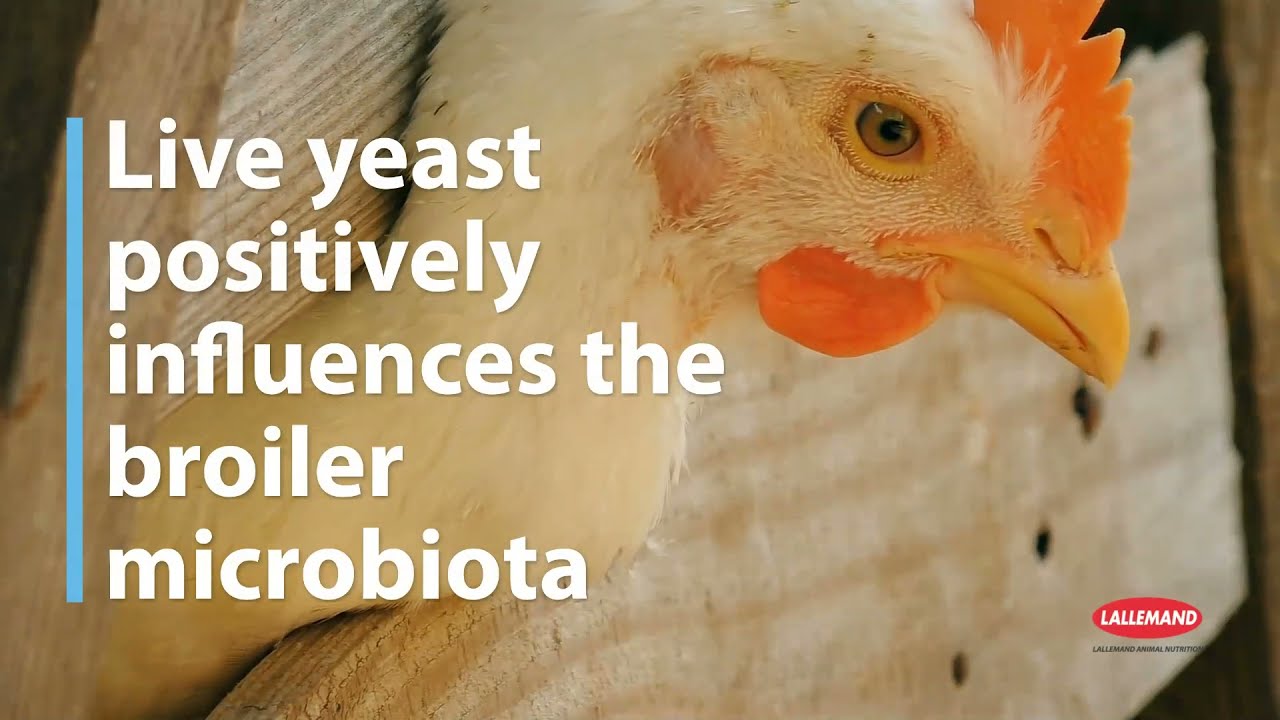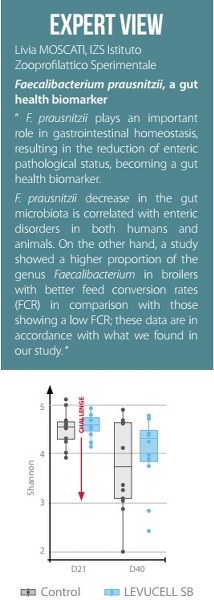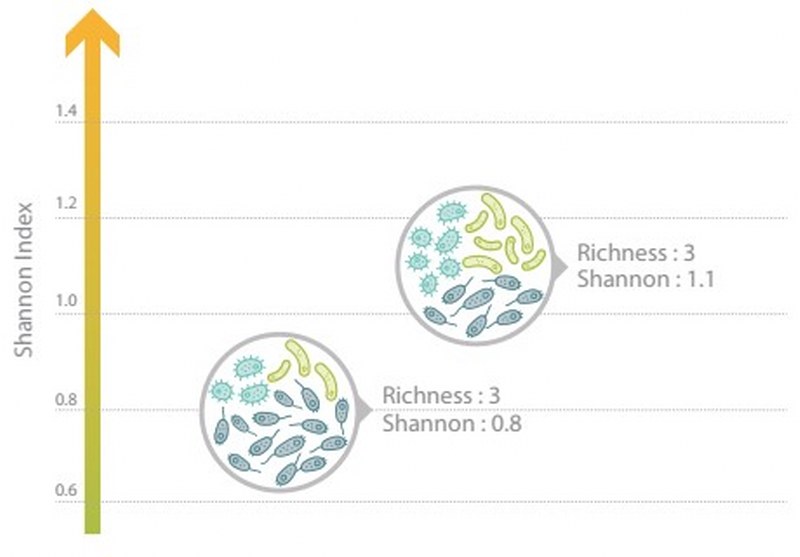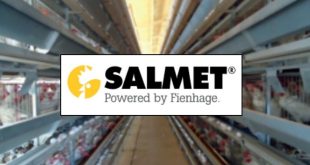If the efficacy of live yeast Saccharomyces cerevisiae boulardii CNCM I-1079 (LEVUCELL SB) to enhance the performance and digestive microbiota balance of poultry is recognized, modern genome sequencing-based microbial analysis help understand some of the microbial modulation mechanisms involved. (Massacci, et al. 2019).
- Bacterial challenging conditions

The trial was conducted by the Istituto Zooprofilattico Sperimentale dell’Umbria e delle Marche “Togo Rosati”, ITALY on Ross male broilers, for 40 days.
At day 21, all the birds (control and LEVUCELL SB group) received a Campylobacter jejuni oral challenge (1×106 CFU/bird).
The fecal and cecal microbiota composition was analyzed using the 16S rRNA amplicon sequencing technique
A resilient microbiota
The microbiota analysis indicates that:
Under challenged conditions, the microbiota alpha- diversity* is reduced: less different taxa (strains, genus, etc.) were identified, some species have become predominant.
With the live yeast supplement, the microbiota shows a better resilience to the challenge. At day 40, the live yeast samples count a higher number of different species with less predominance of certain species (Figure 1).
A balanced microbiota
The 16S RNA analysis confirms the higher abundance of beneficial bacteria species in the live yeast group, such as Lactobacillus spp. More interestingly it allows to showcase a higher presence of Faecalibacterium prausnitzii, a bacteria considered as a biomarker of gut health in humans and animals (see expert view).
At the same time, a lower Campylobacter spp. relative abundance was found in the LEVUCELL SB fecal samples compared to the control ones (p<0.01), suggesting that the live yeast could limit the Campylobacter excretion in the farm environment.
This new study confirms that S. boulardii supplementation can positively modulate the poultry intestinal ecosystem under challenging conditions.

*Alpha-diversity represents the diversity within one microbiota sample. Shannon index is one of the most used criteria to describe alpha-diversity. It considers both the total number of different taxa found in the sample, called the richness, and the abundance or predominance of some taxa among the sample.
For Further Information:
Mr. Khurshid Anwar
Country Manager
Lallemand Animal Nutrition
Mobile: +8801700744592
 Agrinews24 কৃষির সাথে, কৃষকের পাশে
Agrinews24 কৃষির সাথে, কৃষকের পাশে





















